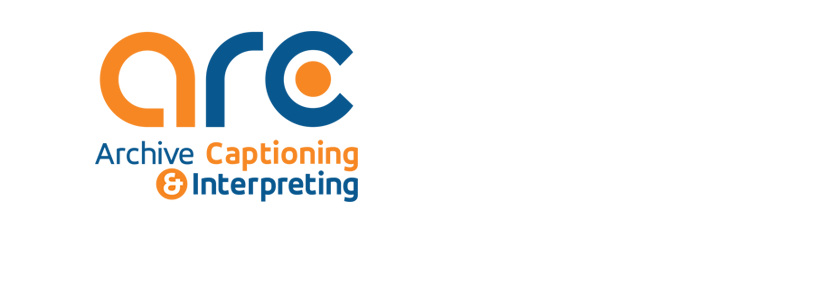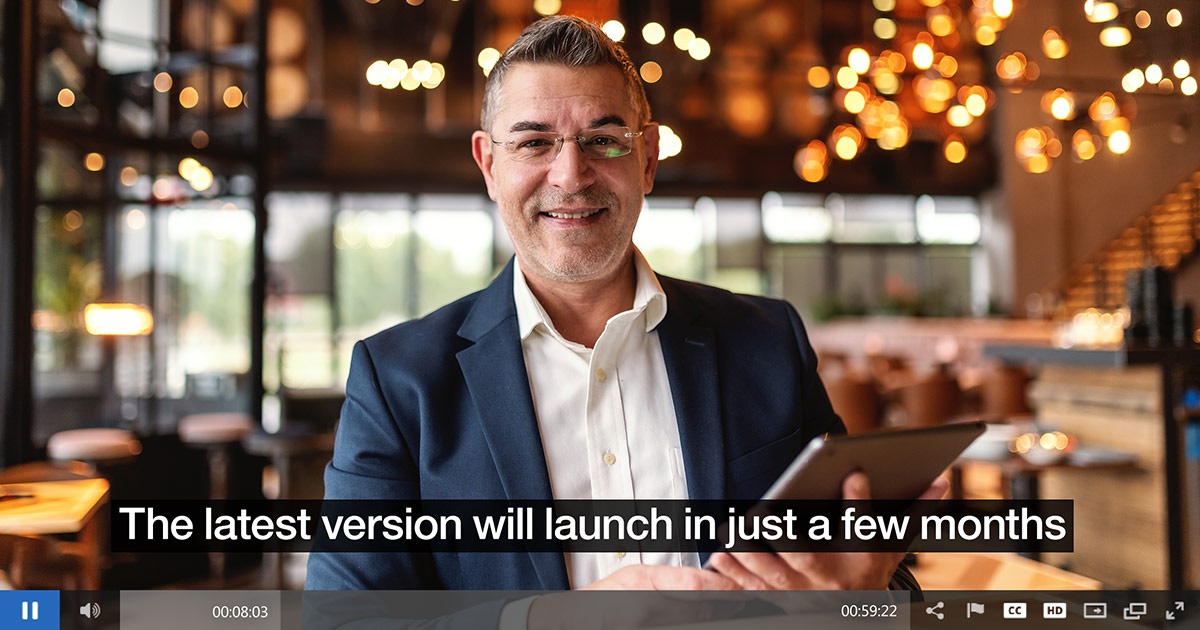For a condensed, easy-to-read transcript, many of our customers request C-print or TypeWell services. These technologies rely on transcribers using abbreviation software that allows them to capture the meaning of what’s said in real time. Consumers can follow along with the class using streaming software such as Streamtext. This process eliminates redundancy and erroneous words–you read what the speaker means, not the exact words that the speaker is saying. After the session is over, the provider will lightly edit the transcript and forward it to the consumer.
These technologies are typically used remotely with the text being displayed on a laptop or smartphone. The provider will need a way to listen in to what's being said in the classroom or meeting, usually with Zoom, Teams or another virtual meeting software. The user views the text in real time as it is being presented through their web browser or on a smartphone or tablet.
Because TypeWell and C-Print use transcribers and not stenographers, they have the benefit of being significantly less expensive than CART. TypeWell and C-Print transcribers use specialized abbreviation software to transcribe the content of the class or lecture. TypeWell and C-print are a great fit for less technical classes where a verbatim transcript is less important. TypeWell iand C-Print are often used in classrooms as well as in an increasing variety of business settings and webcasts.
How does TypeWell compare to CART?
TypeWell and C-Print are similar to CART (communication access real-time translation) in that the service providers for both systems can provide a real-time display of the spoken information and transcript (notes). Typewell and C-Print providers, however, provide a meaning-for-meaning representation of the spoken information versus verbatim, which has traditionally been the goal of CART providers.
CART is a stenography-based system that requires stenography equipment and at least two years of specialized training (similar what is used for television closed captioning in a courtroom).
What is meant by meaning-for-meaning?
A meaning-for-meaning representation of the spoken information is a concise and thorough interpretation of the spoken content. It is content-based (similar to an interpreter) rather than verbatim.
For example:
Original lecture: "This course is about the, um, perception of the role of women in society, and how that role has evolved. Evolved over time. As well as how the role has changed in the, uh, workplace, and, changed in the workplace and at home.
TypeWell text: This course is about the perception of the role of women in society and how that role has evolved over time, both in the workplace and at home.





